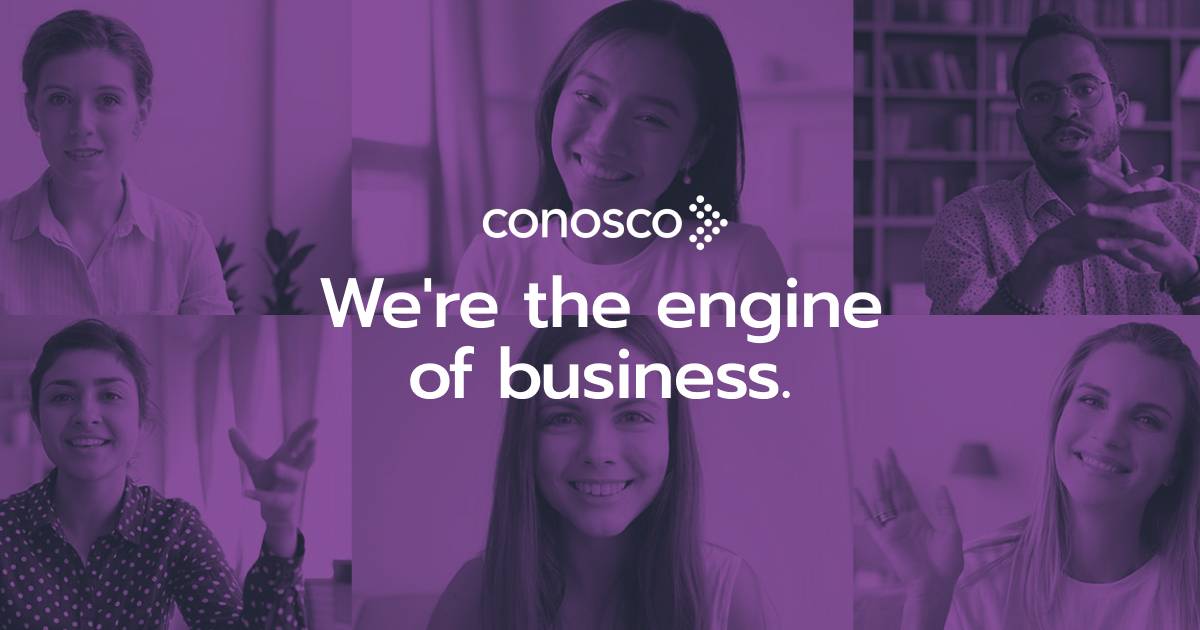The IT Strategy Gap – What IT Delivers & Your Business Needs
by Conosco on Jun 15, 2018

Many business leaders experience a common and somewhat frustrating challenge: How do you ensure that your IT infrastructure and applications are fully aligned to the needs of your business and are contributing to your goals and objectives?
There are several warning signs that you have a business/IT gap:
- Constant noise from your people that they are being held back by the technology you have in place;
- your own frustration that, despite spending a small fortune on systems and applications, you still can’t get the level of reporting that you want;
- and a belief that your competition is always one step ahead.
These can lead you to hesitate on signing off that next large IT investment and additional headcount, as all you can see are growing expenses with little value to the business.
THE LIKELY CAUSE OF DISCONNECT
The root cause of this disconnect is that – unless you have a business-focused CIO or IT Director – it is unlikely that you have a true IT Strategy or that IT has a place in your boardroom. This creates a cognitive gap. At a leadership level, you are focused strategically on: revenue growth, cost containment, productivity and differentiation. However, without board-level mentality, the IT mindset is often dominated by short-term tactics. It is about fighting fires, responding to user requests and replacing technology only when it has reached end of life or the boundaries of its capacity.
THINKING STRATEGICALLY ABOUT IT
Technology can be a powerful tool for businesses. It can facilitate change and transform the way you operate. All that is required to make this happen is for IT to be part of your strategic business thinking. Gartner explains this in an elegant way. They believe organisations should not just look at IT expenditure, but reverse their thinking.
- Look at the tangible value you want to deliver to the business – incremental sales, increased productivity etc.
- Define the capability that is required to deliver this tangible value, i.e. an eCommerce site, improved employee collaboration.
- Define the set of IT services that are required to achieve this.
By taking this approach, the view of IT fundamentally shifts from ‘What is IT delivering?’ to ‘What can IT deliver?’.
THE INJECTION OF EXPERTISE
As simple as this shift in thinking sounds, it is often difficult to do this from within. To make the possible happen, you must first know what is possible. This requires bridging the business and IT gap. You need an understanding of technology and what options are available, combined with business acumen to align business aspirations with technology capabilities.
This is the role of the CIO, an experienced leader who views IT through business eyes. However, most mid-sized businesses have not reached the size to justify a full-time CIO, and this is why more and more organisations are getting this injection of expertise through a Virtual CIO. The Virtual CIO can deliver the desired impact by reviewing existing IT systems and operations and taking immediate steps to realign these to business needs. They are able to understand business goals, objectives and aspirations and pull on their experience to create a roadmap that transforms IT from a necessary cost to a transformational investment that will take the business forward.
Is there room for improvement in your IT strategy? Read more about our IT consultancy services, or contact us for a free IT consultation.
You May Also Like
These Related Stories

Why Business Intelligence and IT Consultancy are More Important Than Ever
When it comes to technology, Business Intelligence (BI) is an important form of currency. Although there is no official …

Information & Cyber Security – there is a lot to think about
On Thursday 11th October, Conosco hosted an executive round table focused on the issue of Information and Cyber Security …

An Investment In Knowledge Pays The Best Interest
What makes a great IT support function? What are the pillars for an effective infrastructure? What is the key to buildin …
